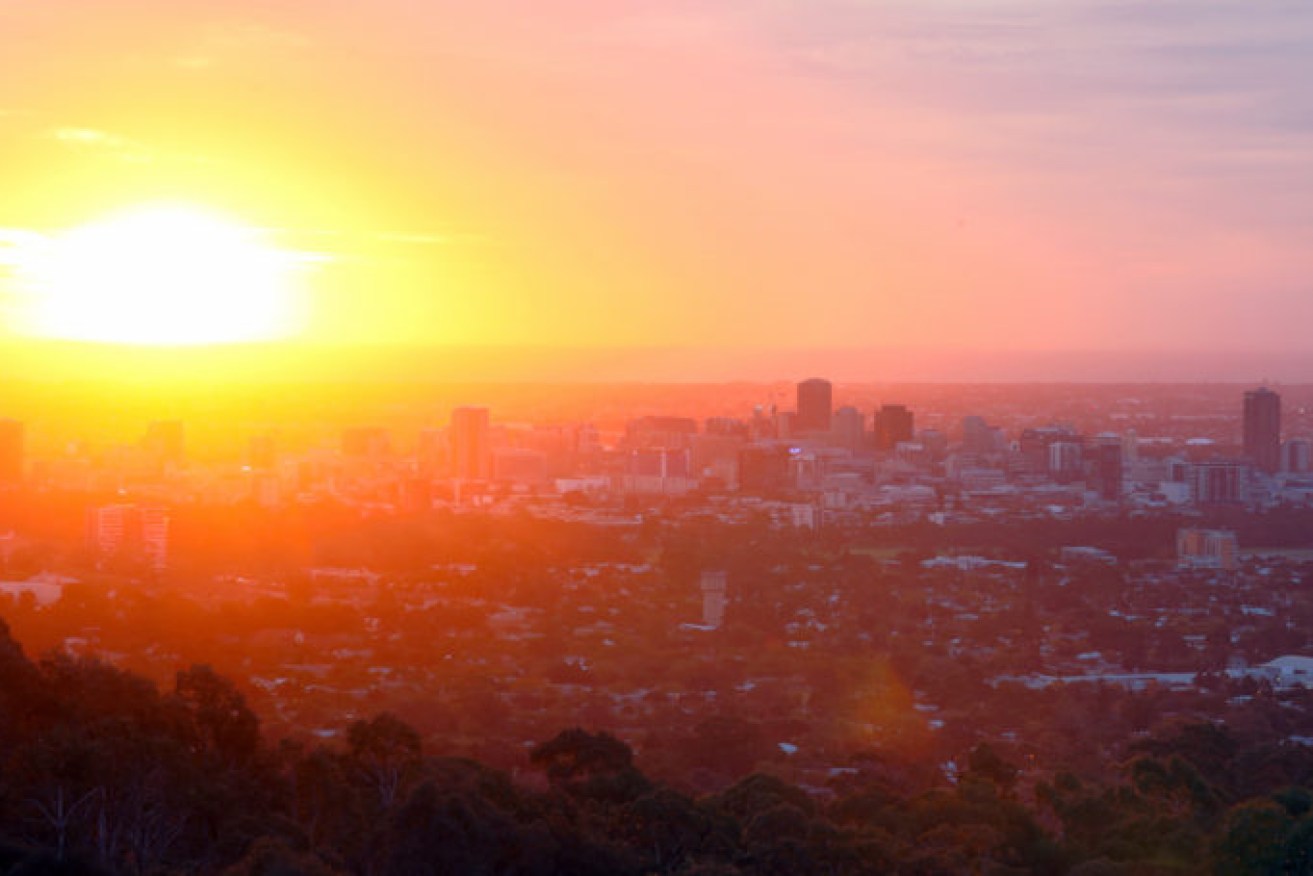50C heatwaves, flooding: warning for Adelaide over emissions targets
Emissions targets proposed by the federal Coalition and Labor could contribute to increased temperatures which risk turning Adelaide into a “desert city” that endures regular 50C heatwaves and coastal flooding, climate change experts have warned.

Photo: Tony Lewis / InDaily
On the eve of the federal election, environmental scientists have warned that both major parties’ emissions plans are aligned with temperature increases that would devastate living standards for South Australians.
A recent report by emissions analyst group Climate Analytics found that the Coalition’s 2030 emissions target of a 26-28 per cent reduction is consistent with 3˚C of global warming — bordering on 4˚C — while Labor’s target of 43 per cent is in line with 2˚C.
The analysis found the more ambitious emissions targets of the Greens and most Climate 200-backed independents — such as Boothby candidate Jo Dyer and Mayo MP Rebekha Sharkie — are consistent with 1.5˚C of warming, complying with the objectives of the Paris climate accord.
Australia alone would not deliver these temperature increases, with Climate Analytics identifying what emissions targets are consistent with global action to limit warming.
Professor Robert Hill, Director of the Environment Institute at the University of Adelaide, told InDaily that a 3°C temperature increase would leave Adelaide “effectively unlivable”.
“3°C demonstrates a clear lack of any interest in the impacts of climate change,” he said. “Sadly, 2°C might be a realistic target now, but it is still a frightening prospect. 1.5°C is simply realistic and probably optimistic, no-one can promise better than that with any confidence.”
Hill warned that at 3°C many Adelaide residents would die from heat-related causes.
“We will experience regular days above 50°C in summer, more erratic rainfall, but probably less overall and storm surges will create havoc in coastal areas, especially as sea level rise starts to really impact,” he said.
“South Australians all know about Goyder’s Line, which defines where cropping can take place. Goyder’s line is already moving south and under 3°C it will effectively disappear.”
Even 2°C of warming would still deliver many summer days above 50° and “Adelaide will quickly need to adapt to being a desert city”, Hill said.
Current emissions trajectories could see heat-related health emergencies in Adelaide almost triple over the next 30 years, recent University of Adelaide research found.
A 2021 report by the Australian Academy of Science, The Risks to Australia of a 3˚C World, noted that Adelaide and Perth face the highest risks of water scarcity.
The Millbrook catchment-reservoir system that supplies drinking water to the north-eastern suburbs of Adelaide would face a high likelihood of algal blooms.
In the Murray Darling Basin, average catchment rainfall decreases of 13–21 per cent would reduce runoff by up to 45 per cent in wetter catchments and up to 64 per cent in drier ones.
Dr Andrew King, a climate lecturer at the University of Melbourne and a member of the expert panel behind the report, told InDaily “the risk of extreme bushfires would increase and the fire season would be longer in South Australia” if temperatures increased by 3°C.
“We already have the technology and capability to decarbonise large parts of our economy,” he said. “We can go much further with emissions reductions and help prevent the world becoming inhospitable for future generations.”
It comes as the United Nations’ World Meteorological Organisation released a new report this week indicating sea levels have risen 4.5cm in the last decade, with the annual increase from 2013 to 2021 more than double what it was from 1993 to 2002.
Port Adelaide, Semaphore Park, Grange and New Port are among the areas at highest risk in Adelaide from coastal inundation from future sea level rise.
The UN report also found global average temperatures in 2021 were 1.11°C above the pre-industrial average, despite the cooling effects of the La Nina weather system.
University of Adelaide climate planning expert Jon Kellett told InDaily that La Nina had offered Adelaide a brief respite from ever-hotter summers.
“When la Nina flips to El Nino we will most likely have a rude awakening with more intense heat and bushfires in SA,” he said. “When you consider the effects we are already having to deal with — Black Summer bushfires, this year’s east coast floods and all that before we have reached 1.5°C, it is critical that we minimise any future temperature rise. Two degrees plus does not cut it.”




